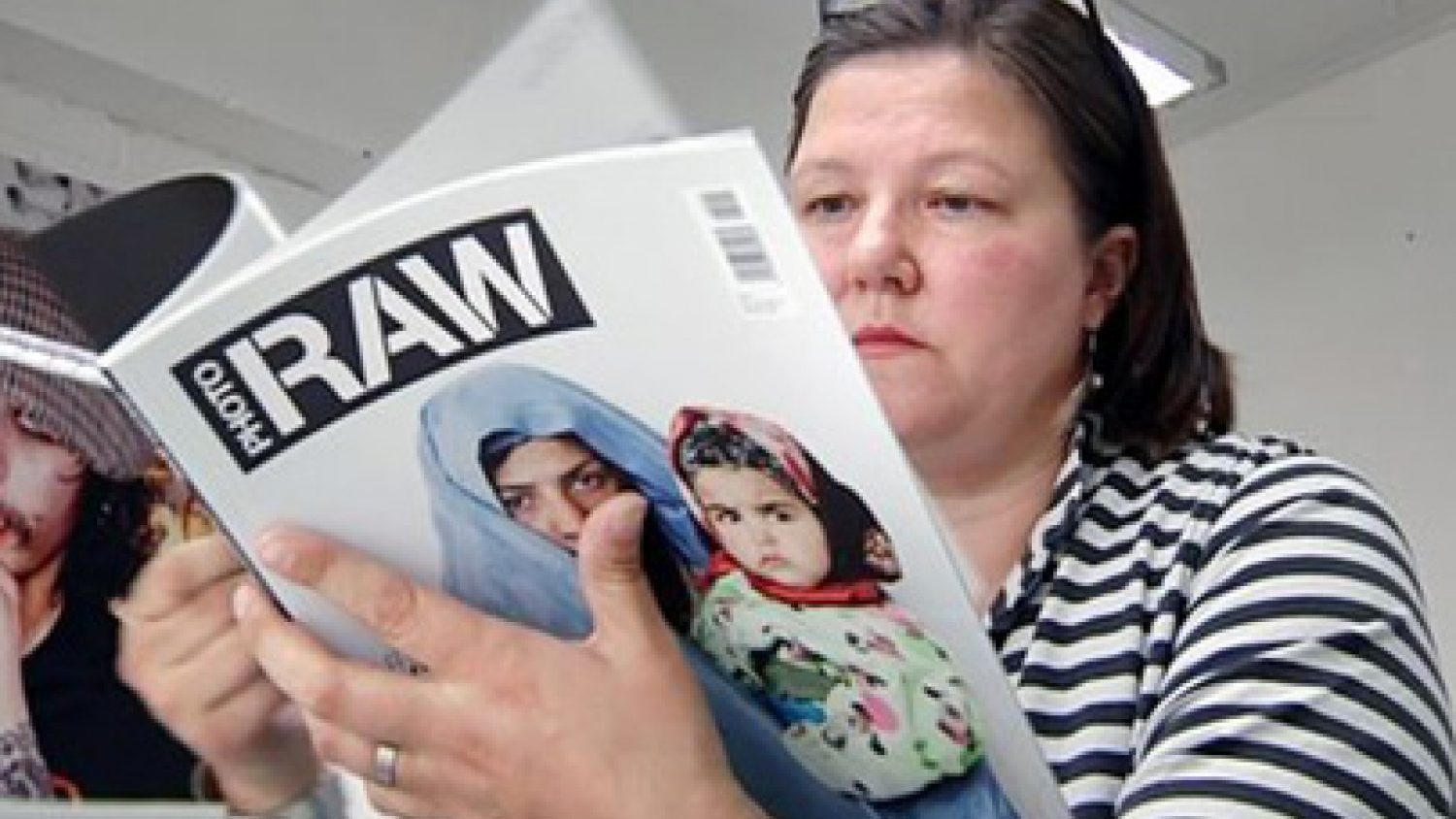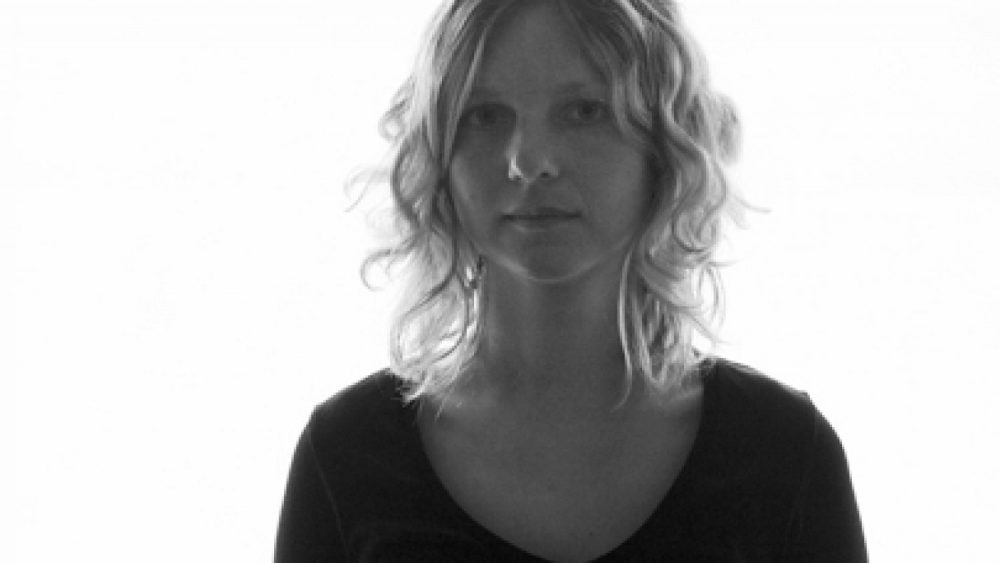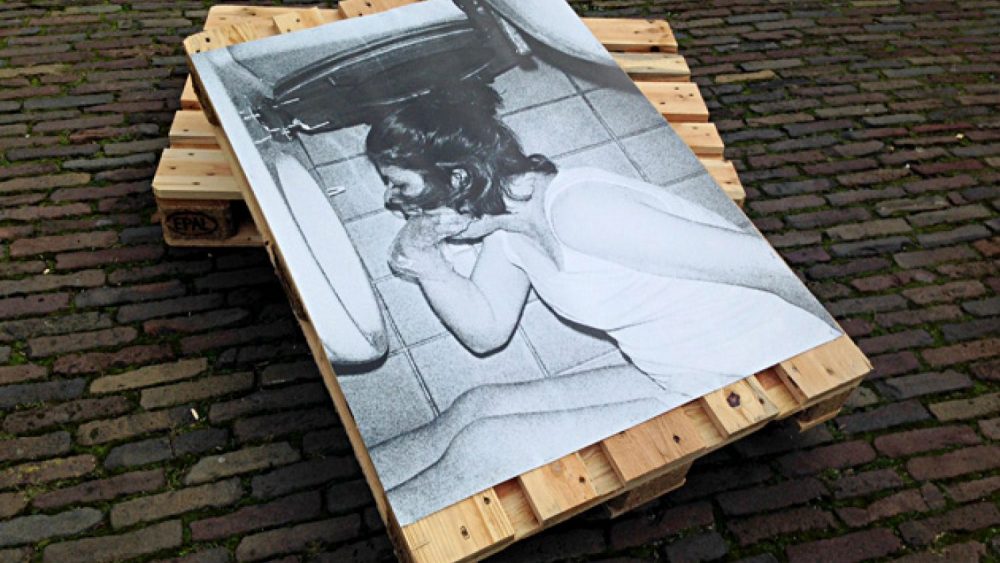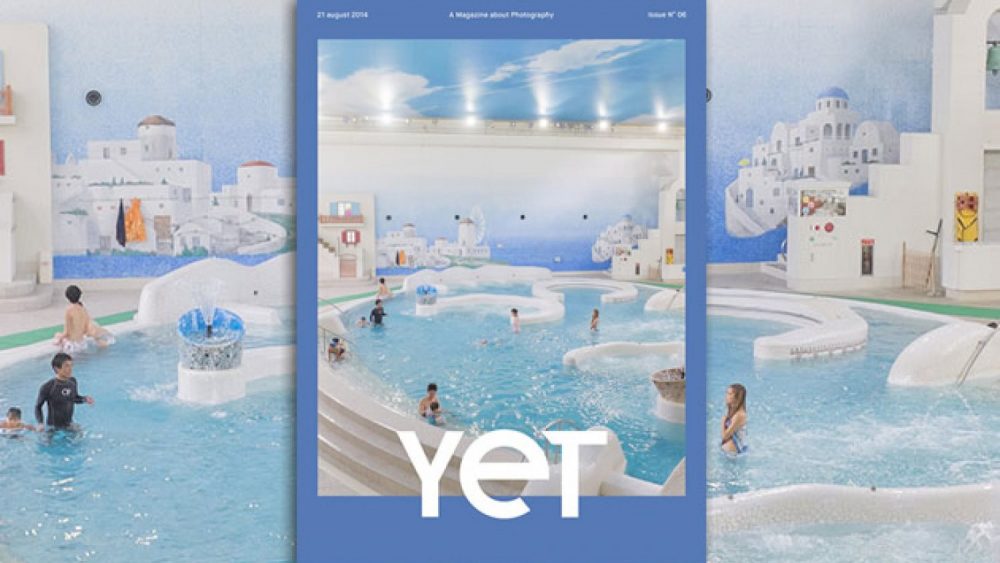10 minutes with Hannamari Shakya
Hannamari Shakya is the founder and editor-in-chief of Finnish photography magazine Photo Raw. Since 2007 it has been issued four times a year. Shakya also works at the Aalto University and publishes books. Besides, Shakya is also a photographer, film director and journalist, her second photo book will see the light in May this year. On 9 May she will participate in the portfolio review in the framework of Riga Photomonth. There are still places available for photographers, who wish to show their works to a range of international photography experts.
What is the main idea behind Photo Raw magazine?
The main idea is to present a high quality platform for fine art documentary photography that mainly focuses on long-term projects. We honor time and commitment.
How the magazine and photo book publishing has changed in Finland in the last few years?
This is not an easy question to answer, as there have been quite drastic changes on the field. I have a feeling that photography magazines will be more like photography books (bookzines): photographers would like to produce more intimate and insightful objects – rather than generic, glossy photo books. We are past that. I believe that we’ll have more soulful creations coming up.
How would you describe the current trends in Finnish photography?
Finnish photography is so versatile at the moment that it’s very hard to define it all. I would say that it’s versatile, rich and exciting.
What do you like and dislike about portfolio reviews?
It’s a challenge to be constructive. Sometimes you see something which is more your own genre and then there are times that you feel absolutely no connection. I always try to think about the photographer’s input even though I wouldn’t get especially excited. I try to be honest, open and supportive and it also includes criticism. It’s important to hear what can be done to improve your work.
What is your advice to photographers who wish to do their portfolio reviews?
Be clear what you are looking for: show a consistent body of work, not single images. If you want to improve your talents as a portrait photographer, show portraits. It’s better to show a limited amount than five different series of photographs. Have enough work with you. I prefer seeing prints in neat order, not a mess in a shoe box (seen many of those, too). Don’t hesitate to question if there is something you don’t understand. The critique is meant to help you go forward, so it’s important that you comprehend.



